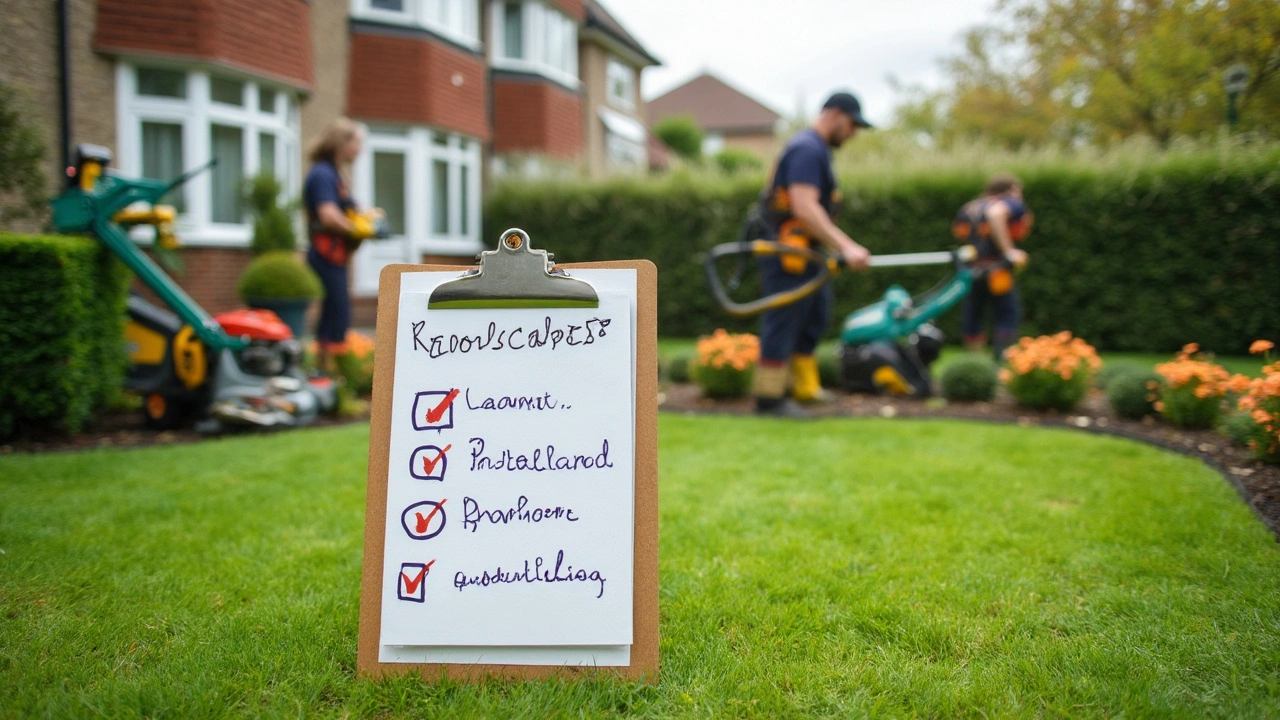Garden Design Made Simple: Practical Tips for a Fresh Outdoor Look
Thinking about giving your garden a makeover but not sure where to start? You don’t need a fancy designer or a huge budget. With a few smart choices you can turn any patch of grass into a cosy, functional spot that adds value and enjoyment.
Plan Your Space Before You Plant
The first step is sketching a rough layout. Grab a sheet of paper, note where the house, fences and existing trees sit, then draw zones for seating, play, and planting. Keep pathways at least 60 cm wide so you can move around easily. This simple plan helps you avoid crowded corners and ensures water flows away from the house – a must for any plumbing‑aware homeowner.
When you decide on zones, think about how you’ll use each area. Do you want a quiet reading nook, a place for kids to run, or a spot for a BBQ? Assign the right plants and materials to each zone. Hard‑scaping like paving, decking or gravel should be placed where foot traffic is highest, while softer plant beds work well in quieter corners.
Pick the Right Plants for Your Climate and Soil
Choosing plants that thrive in your local weather saves time, money, and hassle. Look for native shrubs, perennials and grasses that need little extra watering. If your garden has a slope, plant deeper‑rooted varieties on the downhill side to help stop erosion and protect your foundation.
Mix heights and textures for visual interest. Tall grasses or small trees at the back create depth, medium‑height shrubs fill the middle, and low‑groundcover or herbs finish the front. Group plants with similar water needs together – it makes irrigation simple and avoids over‑ or under‑watering.
Don’t forget seasonal colour. Plant spring bulbs like tulips, summer blooms such as roses, autumn foliage with asters, and winter interest using evergreens. This way your garden looks good year‑round without a lot of extra work.
Water management is a hidden hero of garden design. Install a drip‑irrigation system or soaker hoses to deliver water directly to the roots. It reduces waste and keeps the garden tidy. Make sure your drainage pipes slope away from the house at a 1% gradient – a quick check that can prevent costly basement leaks later.
Lighting adds mood and safety. Use solar LED stakes along pathways, a few low‑voltage spotlights to highlight a feature tree, and warm string lights over a seating area. Keep wiring away from water sources and use IP44‑rated fixtures for outdoor durability.
Finally, add touches that reflect your personality. A reclaimed wooden bench, a pebble mosaic, or a simple water feature can become the garden’s focal point. Choose items that are easy to maintain and fit the overall style you’ve sketched out.
With these steps you’ll have a garden that’s not only attractive but also functional, low‑maintenance, and friendly to your home’s plumbing and foundation. Ready to get started? Grab that notebook, sketch your layout, and watch your outdoor space come to life.


